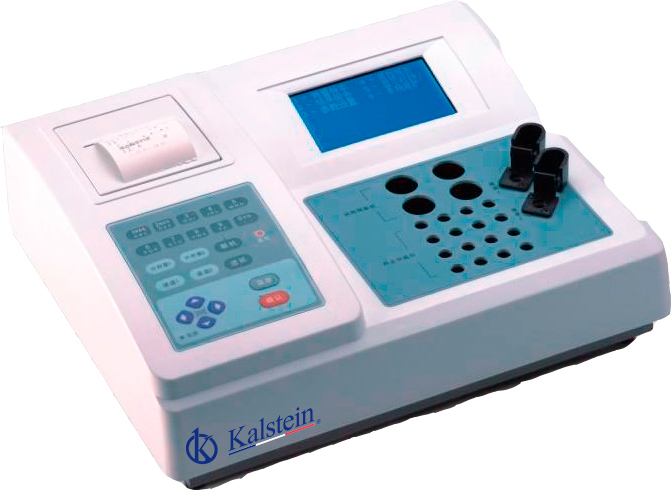Activated partial thromboplastin time, known as aPTT, is a test done to evaluate and measure how long it takes for a blood clot to form in a sample of blood. The aPTT test should be done when blood clots and bleeding are unexplained and also when you are having anticoagulant treatment with standard heparin.
Blood tests are essential to know how the body’s organs are functioning and to determine whether treatments are working favorably in patients. A venous blood sample is needed for the APTT test to check for conditions and diseases. The coagulation analyser is tasked with performing various tests such as Prothrombin Time (PT), Activated Partial Thromboplastin Time (aPTT) and Thrombin Time (TT).
Analyzers to determine Activated Partial Thromboplastin Time
The coagulation analyser, a device used to perform aPTT, is used by doctors to determine bleeding problems in patients. Activated partial thromboplastin time can be done if a person has had a lot of bleeding, has experienced bruising in the body, has a medical condition that causes problems with clotting, or is going to have processes that cause bleeding.
Coagulation analyzers allow effective testing to yield results from analyzes performed on patients. The tests performed by this team are: Activated Partial Thromboplastin Time (aPTT), Prothrombin Time (PT) and Thrombin Time (TT). All are done in laboratories to detect pathologies or clotting factors in people with bleeding disorders.
Coagulation tests by coagulation analyzers
Blood tests are tests done in laboratories that specifically test a sample that may be plasma, serum, or blood. These tests are carried out in an attempt to respond to a condition that the patient has undergone the study, it may be an episode of thrombosis, a bleeding disorder, for the diagnosis of antiphospholipid syndrome (APS), for the investigation of spontaneous abortions or to monitor anticoagulant treatment with standard heparin.
When an injury occurs to body tissue or a blood vessel, the formation of a blood clot at the site of the injury will be initiated as a defense method to stop the bleeding. Coagulation tests are used to investigate bleeding or clotting episodes. There are three tests to determine bleeding disorders, these are:
- Activated partial thromboplastin time (aPTT): Used to evaluate the intrinsic coagulation pathway and to screen for lupus anticoagulant.
- Prothrombin time (PT): Evaluates the extrinsic coagulation pathway, allows for pre-surgical evaluation and follow-up of liver disorders.
- Thrombin time (TT): Evaluates the common pathway and uncovers low levels of circulating fibrinogen or the presence of abnormal fibrinogen.
Coagulation analyser
The coagulation analyser is an instrument used in laboratories, its function is to measure, accurately and accurately, coagulation factors, which are indispensable elements to be able to stop bleeding. Thus, doctors can see abnormalities that can lead to thrombosis or excessive bleeding.
Common tests done by a coagulant analyser include activated partial thromboplastin time (aPTT), prothrombin time (PT), and thrombin time (TT). These tests are used to diagnose clotting factors in people with bleeding disorders. Proper analysis of the coagulation system helps to take preventive measures, depending on each patient.
Kalstein brand coagulation analyser
At Kalstein we are MANUFACTURERS of clinical and laboratory equipment, characterized by having an excellent performance and specialized to meet the needs of those people who are dedicated to medicine and the field of science. We have for sale coagulation analyzers ideal for laboratories handling a large volume of samples. Our coagulation analysers are of high quality and technology, in addition to having the best PRICES in the market. If you want to make the PURCHASE of our coagulation analysers you can go to the following link HERE

